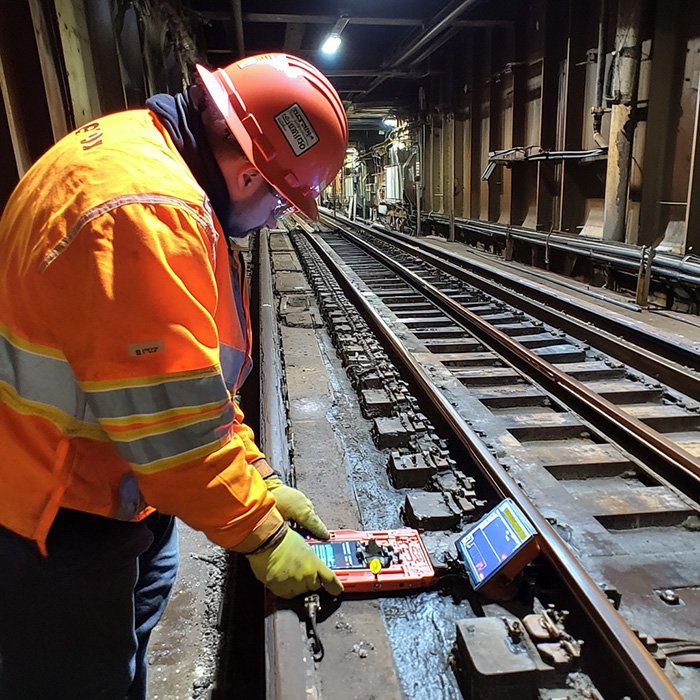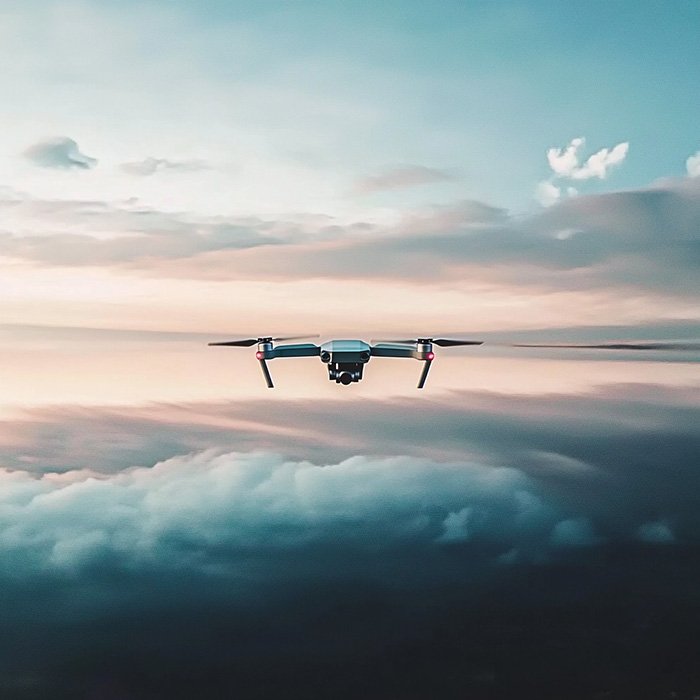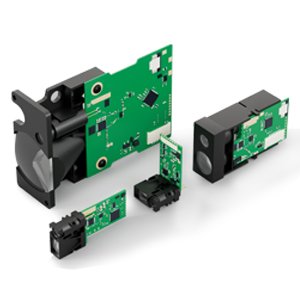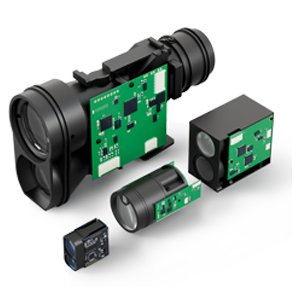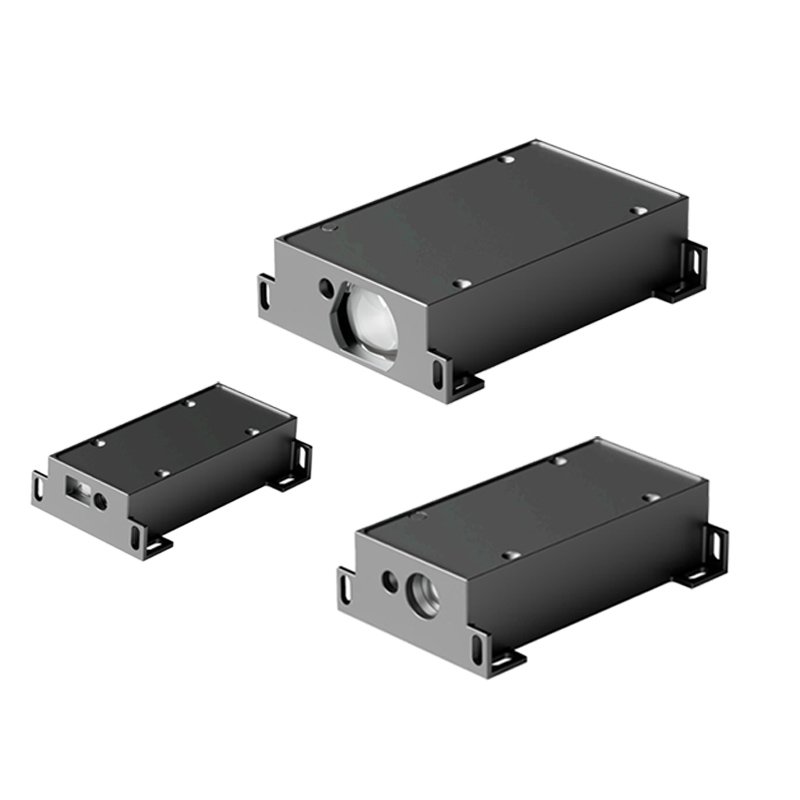Enhancing Road Safety with Laser Rangefinder Sensors
overview:
Laser rangefinder sensors play a crucial role in modern road traffic management, significantly improving vehicle safety and traffic efficiency. These sensors are widely used in Advanced Driver-Assistance Systems (ADAS) to monitor distances between vehicles, support adaptive cruise control (ACC), and enhance collision avoidance systems. By providing real-time, high-precision distance measurements, laser rangefinder sensors contribute to safer driving conditions and improved traffic flow. Additionally, they are integrated into smart city infrastructure to facilitate intelligent traffic management, accident prevention, and autonomous vehicle navigation.
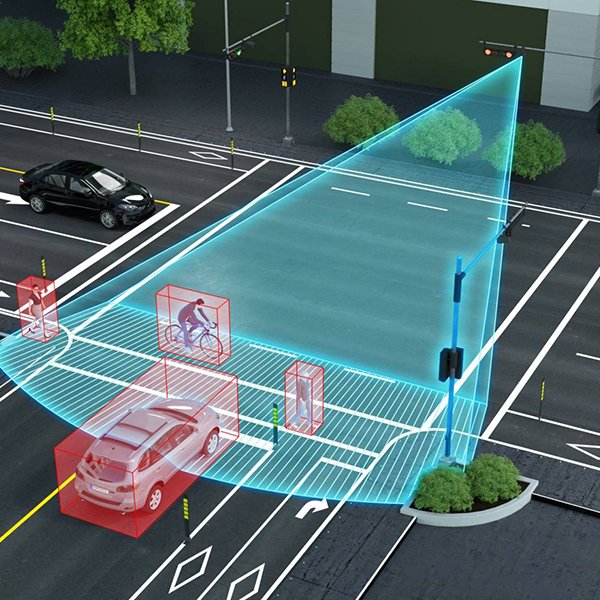
How Laser Rangefinder Sensors Improve Road Traffic Applications
1. Adaptive Cruise Control (ACC) and Vehicle Distance Monitoring
Laser rangefinder sensors continuously measure the distance between moving vehicles, enabling adaptive cruise control (ACC) systems to automatically adjust vehicle speed. Unlike traditional radar-based solutions, laser sensors offer superior precision and faster response times, making them particularly effective in highway driving conditions. By maintaining a safe following distance, these sensors help reduce the risk of sudden braking, prevent tailgating, and improve overall driving comfort.
2. Collision Avoidance and Emergency Braking
Front-facing laser rangefinder sensors play a crucial role in collision avoidance systems. By continuously scanning for obstacles and vehicles ahead, these sensors provide real-time data to vehicle control systems. When a potential collision is detected, the system can issue an alert to the driver or automatically engage emergency braking to mitigate accidents. Compared to camera-based solutions, laser rangefinders perform reliably in low-light, foggy, or adverse weather conditions, making them ideal for all-day and all-weather driving scenarios.
3. Traffic Flow Monitoring and Smart Infrastructure
Laser rangefinder sensors are not only used in vehicles but also in smart traffic management systems. Government agencies and transportation authorities deploy these sensors at key road intersections, highways, and urban centers to analyze real-time traffic patterns. The collected data allows for:
- Optimization of traffic signals to reduce congestion.
- Detection of high-risk areas prone to accidents.
- Better lane management and vehicle categorization.
- Integration with AI-based traffic control for dynamic route adjustments.
4. Toll Collection and Vehicle Classification
Automated toll collection systems rely on laser rangefinder sensors to detect and classify vehicles based on their size, speed, and position. Compared to older systems using infrared or ultrasonic sensors, laser sensors offer greater accuracy and reliability. They ensure seamless electronic toll collection (ETC), reducing wait times and improving overall highway efficiency. Additionally, these sensors are used in weigh-in-motion (WIM) systems to measure vehicle dimensions and categorize them for weight-based tolling.
5. Autonomous Vehicle Navigation and Obstacle Detection
As autonomous driving technology advances, laser rangefinder sensors are becoming an essential part of self-driving cars and autonomous transport systems. These sensors assist in:
- Obstacle detection and avoidance, ensuring smooth navigation.
- Precision parking assistance, guiding vehicles into tight spaces.
- Urban mobility solutions, improving autonomous ride-sharing and shuttle services.
Their ability to deliver high-speed, real-time distance measurements makes them indispensable for Level 3 and higher autonomous driving applications.
Integrating PTFS Laser Rangefinder Sensors for Traffic Applications
The PTFS laser rangefinder sensor is an advanced single-point LiDAR solution specifically designed for high-precision distance measurement in road traffic applications. Unlike scanning LiDAR systems, PTFS focuses on delivering highly accurate fixed-point distance data, making it a reliable and cost-effective solution for various transportation applications.
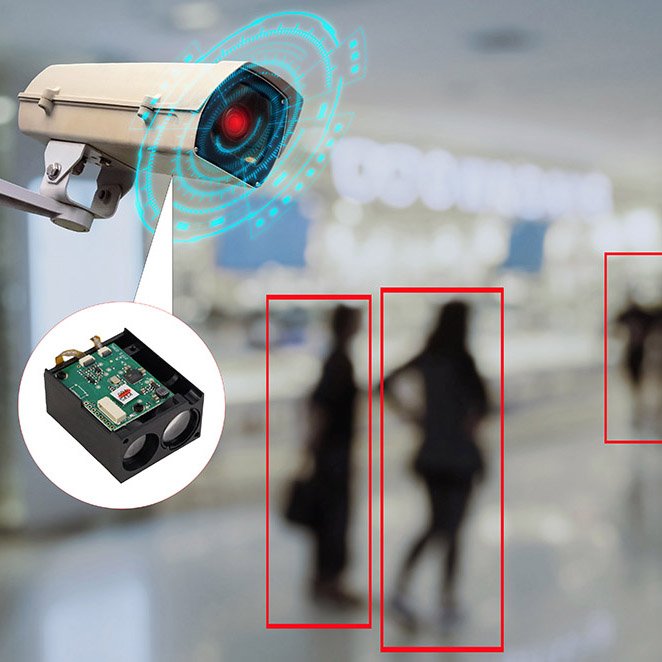
Key Features of PTFS Sensors in Traffic Applications:
- Invisible 905nm Laser Technology: Non-intrusive and safe for human eyes while delivering precise measurements.
- Wide Measurement Range (3-1100m): Suitable for both short-range and long-range applications.
- High Measurement Frequency (3-500Hz): Ensures real-time distance tracking for fast-moving vehicles.
- Compact and Lightweight Design: Easily integrated into ADAS, toll booths, and smart city infrastructure.
- Single-Point Measurement: Provides targeted, accurate distance readings without requiring complex scanning mechanisms.
By integrating PTFS laser rangefinder sensors into road traffic applications, automotive manufacturers and infrastructure developers can enhance vehicle safety, optimize transportation efficiency, and pave the way for smart mobility solutions.
Conclusion
Laser rangefinder sensors have transformed modern road traffic applications by enhancing vehicle safety, improving adaptive driving technologies, and supporting smart city infrastructure. Whether used in ADAS, traffic monitoring, toll collection, or autonomous driving, these sensors provide real-time data critical for optimizing road usage. The PTFS laser rangefinder sensor further enhances these applications with high precision, fast response times, and robust performance, making it a valuable asset for advanced transportation systems. As vehicle automation and intelligent traffic solutions continue to evolve, the role of laser rangefinder sensors will become even more significant in shaping the future of road safety and mobility.




